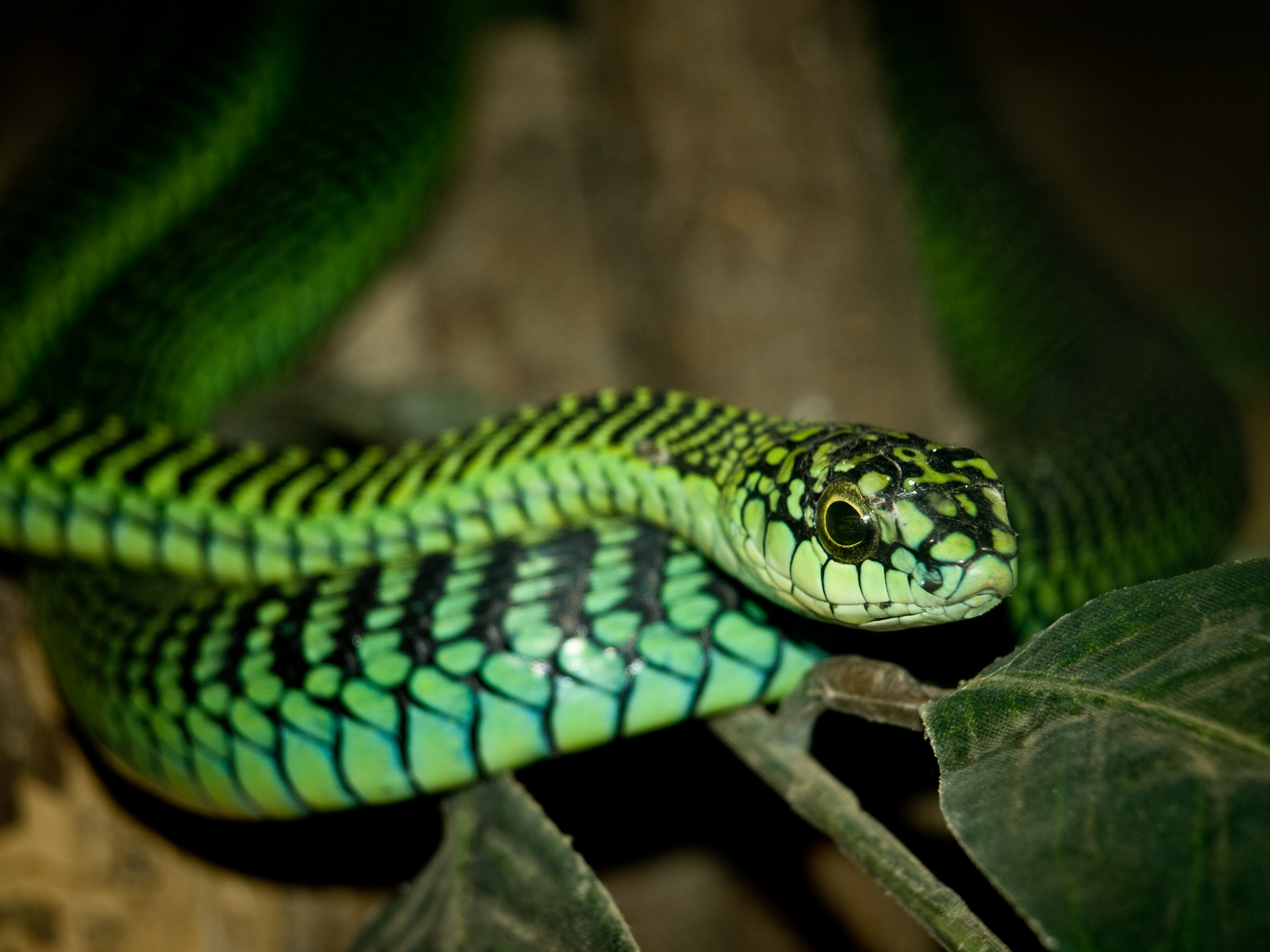|
Colubrid Snakes
Colubridae (, commonly known as colubrids , from , 'snake') is a family of snakes. With 249 genera, it is the largest snake family. The earliest fossil species of the family date back to the Late Eocene epoch, with earlier origins suspected. Colubrid snakes are found on every continent except Antarctica. Description Colubrids are a very diverse group of snakes. They can exhibit many different body styles, body sizes, colors, and patterns. They can also live in many different types of habitats including aquatic, terrestrial, semi-arboreal, arboreal, desert, mountainous forests, semi-fossorial, and brackish waters. A primarily shy and harmless group of snakes, the vast majority of colubrids are not venomous, nor do most colubrids produce venom that is medically significant to mammals. However, the bites of some can escalate quickly to emergency situations. Furthermore, within the Colubridae, the South African boomslang and twig snakes, as well as the Asian keelback snakes (''Rhabdo ... [...More Info...] [...Related Items...] OR: [Wikipedia] [Google] [Baidu] |
Late Eocene
The Priabonian is, in the International Commission on Stratigraphy, ICS's geologic timescale, the latest age (geology), age or the upper stage (stratigraphy), stage of the Eocene epoch (geology), Epoch or series (stratigraphy), Series. It spans the time between . The Priabonian is preceded by the Bartonian and is followed by the Rupelian, the lowest stage of the Oligocene. ''Priabona florissantius, Priabona'', an extinct dipteran of Pipunculidae family, is named after Priabonian, the age of deposits from which this insect is known. History and naming The Priabonian Stage was introduced in scientific literature by Ernest Munier-Chalmas and Albert de Lapparent in 1893. The stage is named after the small hamlet of Priabona (Monte di Malo), Priabona in the community of Monte di Malo, in the Veneto region of northern Italy. Stratigraphic definition The base of the Priabonian Stage is at the first appearance datum, first appearance of calcareous nannoplankton species ''Chiasmolithus ... [...More Info...] [...Related Items...] OR: [Wikipedia] [Google] [Baidu] |
Colubrinae
The Colubrinae are a subfamily of snakes within the family Colubridae. It includes numerous genus, genera, and although Taxonomy (biology), taxonomic sources often disagree on the exact number, the Reptile Database lists 717 species in 92 genera as of September 2019. It is the second largest subfamily of colubrids, after Dipsadinae. Many of the most commonly known snakes are members of this subfamily, including rat snakes, king snakes, milk snakes, vine snake (other), vine snakes, and indigo snakes. Distribution Colubrine snakes are distributed worldwide, with the highest diversity in North America, Asia, northern Africa, and the Middle East. There are relatively few species of colubrine snakes in Europe, South America, Australia, and southern Africa, and none in Madagascar, the Caribbean, or the Pacific Islands. Description Colubrine snakes are extremely Morphology (biology), morphologically and ecologically diverse. Many are terrestrial, and there are specialized foss ... [...More Info...] [...Related Items...] OR: [Wikipedia] [Google] [Baidu] |
Coast Garter Snake
A coast (coastline, shoreline, seashore) is the land next to the sea or the line that forms the boundary between the land and the ocean or a lake. Coasts are influenced by the topography of the surrounding landscape and by aquatic erosion, such as that caused by waves. The geological composition of rock and soil dictates the type of shore that is created. Earth has about of coastline. Coasts are important zones in natural ecosystems, often home to a wide range of biodiversity. On land, they harbor ecosystems, such as freshwater or estuarine wetlands, that are important for birds and other terrestrial animals. In wave-protected areas, coasts harbor salt marshes, mangroves, and seagrasses, all of which can provide nursery habitat for finfish, shellfish, and other aquatic animals. Rocky shores are usually found along exposed coasts and provide habitat for a wide range of sessile animals (e.g. mussels, starfish, barnacles) and various kinds of seaweeds. In physical oceanography, ... [...More Info...] [...Related Items...] OR: [Wikipedia] [Google] [Baidu] |

